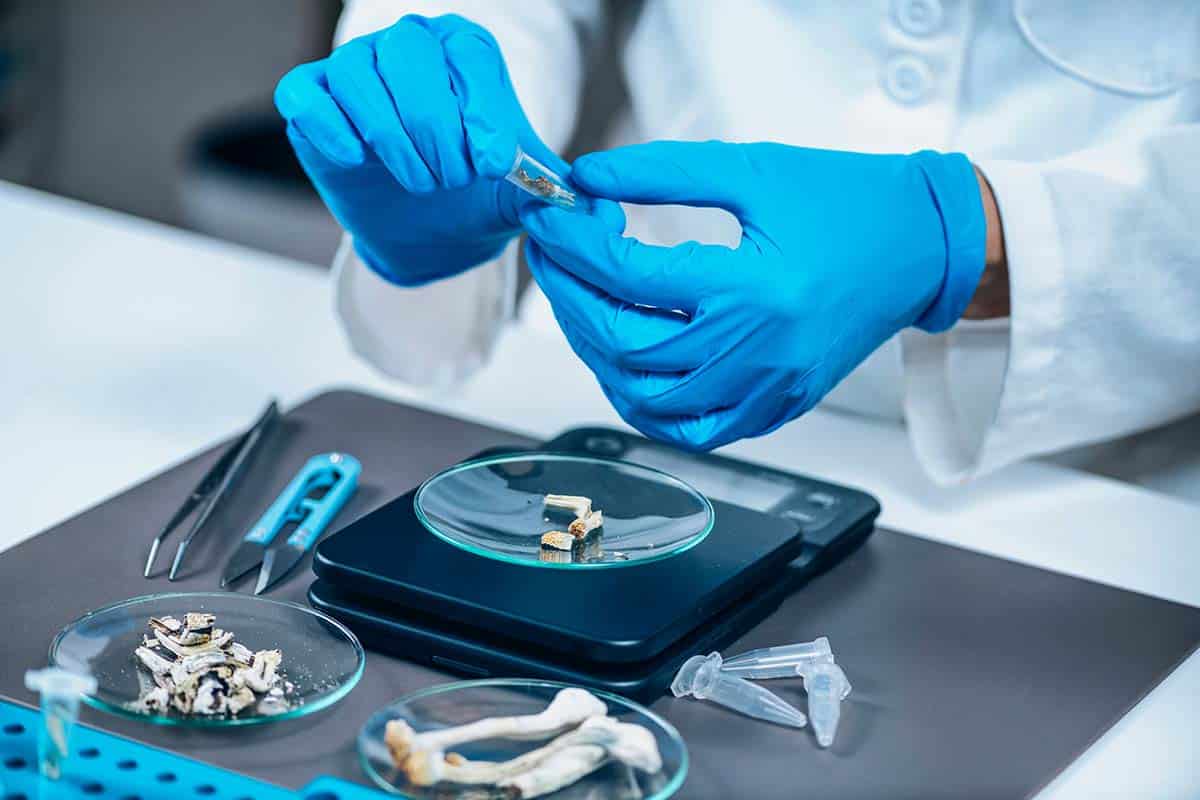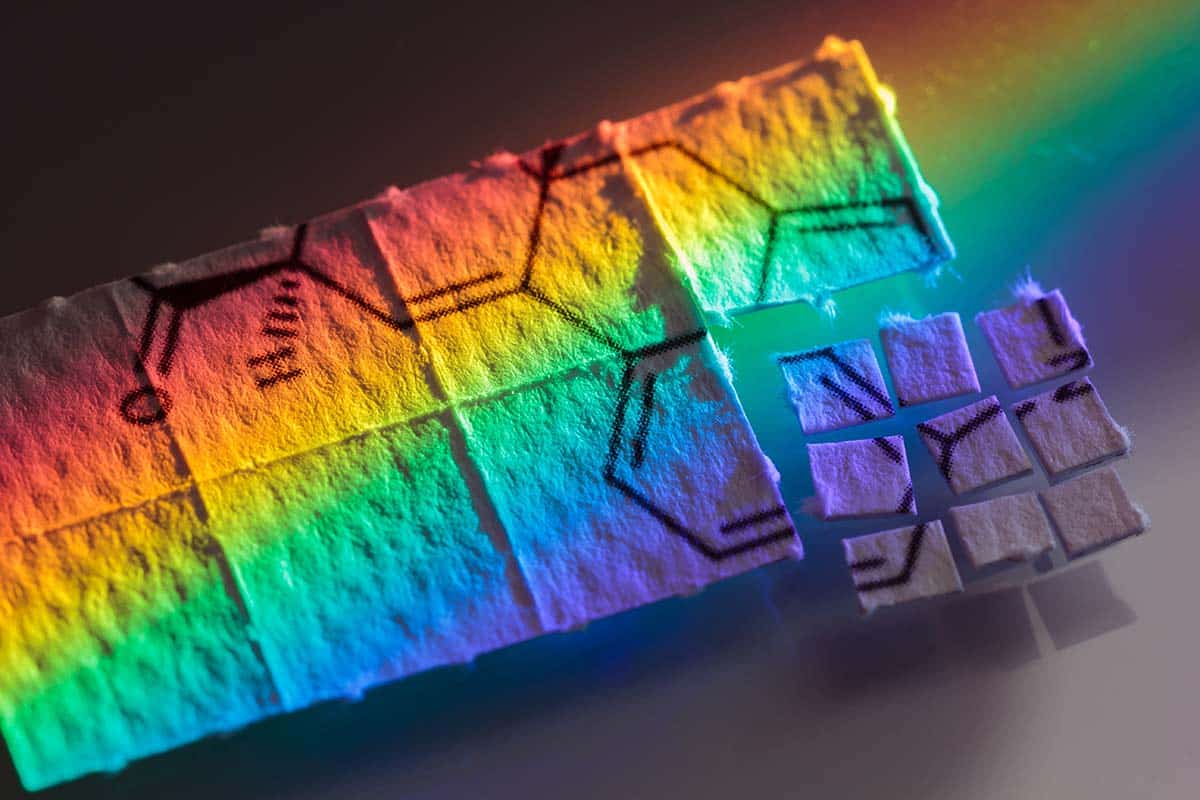Psychedelic drugs have been experiencing something of a renaissance in recent years, moving from strictly taboo to something of a mainstream curiosity. Of particular interest to many is whether taking sub-hallucinogenic doses, or “microdosing” mushrooms, LSD, MDMA and other psychedelics could have the potential to treat a number of mental health disorders, including anxiety, depression, ADHD, and PTSD, to name just a few.
In fact, psilocybin, the psychoactive ingredient in “magic” mushrooms, is even on its way toward possibly gaining medical approval, with the U.S. Food and Drug Administration recently designating it as a “breakthrough therapy” to make it easier for institutions to conduct research
How does microdosing work?
Microdosing involves regularly ingesting low doses of a hallucinogenic substance, the most common ones being LSD, psilocybin mushrooms, and MDMA – though some practitioners also partake in ayahuasca, ibogaine, marijuana, DMT, and other, more obscure compounds.
Someone who wants to microdose one of these substances would generally ingest about 5 to ten percent of a typical, hallucination-inducing dose. Psilocybin, for example, typically takes about twenty mg to elicit a full-blown hallucinogenic experience, or “trip.” So, a user looking to microdose psilocybin would take approximately 1 – 2 milligrams. Recommended frequency varies from person to person, but generally, users will take a dose every other day to every two or three days.
According to media reports and the number of people who self-report engaging in the practice, microdosing has steadily grown in popularity in recent years. Microdosers claim that these substances can enhance well-being, productivity, and creativity, while simultaneously diminishing depression, calming anxiety, and even reducing the desire for substances like caffeine.
Where did the idea of microdosing originate?
Exploration into the potential benefits of hallucinogenic substances is nothing new, in fact, humans appear to have been fascinated by psychedelic substances for thousands of years. But it wasn’t until the early part of the twentieth century that modern, empirical research into the mind-altering effects of psychedelics really took off.
Swiss pharmacological chemist Albert Hoffman first synthesized lysergic acid diethylamide (a.k.a., LSD) in 1938, and by the 1950s, research into its psychotherapeutic potential began. In the subsequent decades, medical experts, scientists, the U.S. government – even the CIA – conducted extensive studies on the drug.

In 1966, scientist Dr. James Fadiman started studying the effects of psychedelic agents on users’ creative and problem-solving skills. Initial results were positive, with participants reporting benefits such as lowered inhibitions and fear, increased creativity, improved focus and concentration, better capacity for empathy, and increased motivation. But the explosion in popularity of drugs like LSD in the counter-culture movement of the 1960s and 1970s led to the prohibition of all scientific research on psychedelics.
Fadiman, however, never stopped studying the effects of psychedelics on the mind and mental wellbeing. He became fascinated by stories of LSD’s discoverer Albert Hoffman’s habit of taking very small doses of the compound and going for walks in the forest to keep his mind sharp. That, so the story goes, is where he got the idea to develop his initial microdosing protocols, which he shared with others interested in the idea.
Fast forward to between 2010 and 2013, and microdosing started making the news due to its popularity in Silicon Valley coders who quickly embraced microdosing as a way to allow for hours of uninterrupted focus and concentration. Since that time – and despite a total lack of controlled clinical trials – microdosing gained popularity largely thanks to online forum sites Reddit and Erowid, where users describe their subjective experiences and tout the benefits of the practice.
Today, the idea that psychedelics can have a real, tangible benefit for mental health conditions is being taken very seriously. There are a number of organizations moving forward into the medical and psychological benefits of microdosing.
Benefits of microdosing mushrooms and other psychedelics
Research using full doses of hallucinogenic substances, especially high doses of psilocybin, shows that these drugs indeed have promise as a treatment for certain mental health conditions. In fact, one study suggests that psilocybin may be as effective as traditional selective serotonin-reuptake inhibitors (SSRIs) for the treatment of major depression. Research into full doses of psilocybin, LSD, and MDMA also hints that they could be effective in treating substance use disorders, anxiety disorders, and PTSD.
According to researchers and proponents, this is due to a process called neuroplasticity, in which the brain develops new cellular connections. Full doses of psychedelic drugs induce this effect, and there is some evidence that microdosing can as well. That’s why many researchers looking at full doses have also taken up research into microdosing. However, there are several limitations that make studying microdosing particularly challenging.
First and foremost, these substances are illegal in most of the United States and the world. And while there are some exceptions for research purposes, they typically only allow researchers to administer these substances to participants under closely controlled circumstances. Since microdosing involves taking them as often as every other day, this quickly becomes unfeasible, as participants cannot simply take their doses home with them. Further, without close supervision and carefully measured doses, it’s also hard to know exactly how much of the active ingredient participants take at a time.
As a result, much of the early research into microdosing relies on anecdotal, self-reported claims from users. Limited lab studies of psilocybin and LSD microdoses tend to support these claims, but these studies are small in scale, and most don’t accurately compare a microdose to a placebo dose or account for bias in participants who already know what the effects should feel like.
User-Reported Benefits
According to a 2019 study by the Harm Reduction Journal, the most common (self-)reported benefits of microdosing include:
- Improved mood
- Improved focus
- Increased creativity
- Self-efficacy
- Improved energy
- Social benefits
- Cognitive benefits
- Reduced anxiety
Risks and side effects of microdosing psychedelics
As with any drug, there are downsides and side effects associated with psychedelic substances. Additionally, myths and misunderstandings about these kinds of drugs continue to proliferate. Many people, for instance, believe that hallucinogens aren’t addictive substances. Unfortunately, that’s not entirely true.
While psychedelic substances are not as physically addicting as substances like alcohol, benzodiazepines, and opioids (that is, they don’t elicit the same physiological symptoms of addiction), they do have the potential for psychological addiction. That’s because even microdoses can bring on feelings of euphoria and a sense of wellbeing, and with repeated use, the neurotransmitters involved in their action condition the brain to want, even need, these substances to function normally.
In addition, anecdotal accounts already suggest that microdosing can result in other complications for certain people. Those with general anxiety and bipolar disorders are at particular risk for overstimulation, which can quickly develop into agitation and mania.
Experts also express concern that regular microdosing could, over long periods of time, damage users’ hearts in ways similar to the diet drug combination Phen/Fen (phentermine and fenfluramine), which was popular with dieters in the 1990s but had to be taken off the market in 1997 when scientists linked it to heart valve damage. Both Phen/Fen and psychedelics work at least in part due to the way they affect one of the body’s serotonin receptors, known as 5-HT2B.
Finally, and it’s worth mentioning again, psychedelic drugs are currently illegal to possess almost everywhere in the world. There are some exceptions for psilocybin – it’s legal for medical use in Oregon and decriminalized in several cities across the country – and for limited use of other psychedelics in carefully controlled research settings. However, for the most part, those wanting to try out microdosing mushrooms, LSD, and MDMA put themselves at risk for losing their jobs or getting incarcerated as a result.
Contact Enterhealth Today for More Information
We may eventually reach a point where doctors widely prescribe psychedelic drugs for certain mental health conditions, but we’re still a long way from that point. Until then, the substance use and addiction experts at Enterhealth strongly urge people not to experiment with psychedelic substances, even in minute amounts.
If you or a loved one need help with hallucinogen or any other kind of substance use, our inpatient, outpatient, and continuing care programs offer comprehensive therapy and counseling – including individual- or group-oriented counseling, as well as family involvement and family treatment.
Reach out to us today and one of our intake professionals will answer any questions you might have about psychedelic abuse and addiction and help you determine if treatment is the best option.




